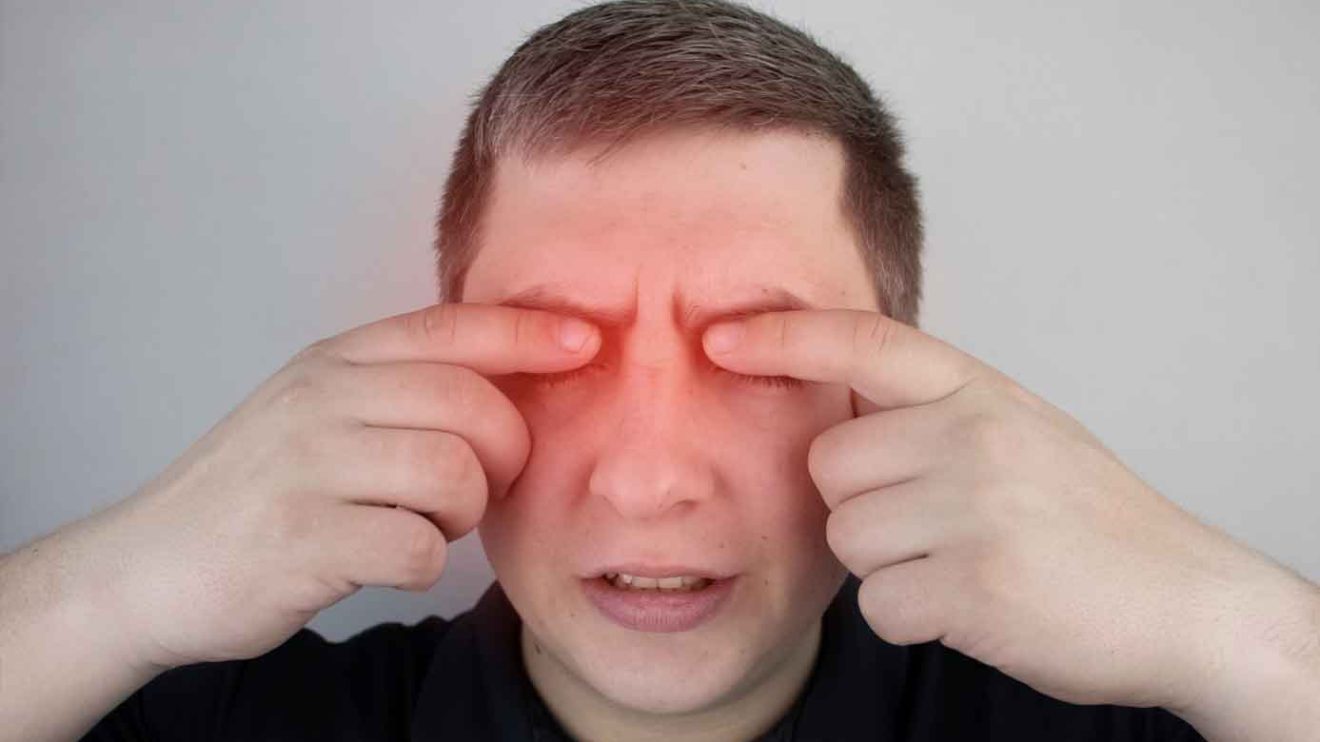Optic neuritis or inflammation of the optic nerve is characterized by pain that focuses on the eyeball and worsens when moving the eyes, followed by a decrease in vision. What are the symptoms, how are they diagnosed and treated, and what is the connection to multiple sclerosis?
What is optic neuritis?
Optic neuritis is a disease that manifests itself in decreased vision and pain in the eye that precedes it. This is one of the common reasons for consulting a neuro-ophthalmologist.
What are the symptoms of optic neuritis?
This inflammation can be characterized by blurred and dim vision or loss of vision in the center of the field of vision, in part or all of it. Sometimes there is difficulty distinguishing colors. The symptoms appear in a gradual process over several days.
The inflammation can appear in one eye or both eyes at the same time.
How is optic neuritis diagnosed?
The diagnosis is made based on at least three of the following signs:
- A sharp decrease in vision with signs of damage to the function of the optic nerve during an ophthalmologist’s examination.
- Pain around the eyeball, which usually worsens when the eye moves. The pain precedes the decrease in vision in most cases.
- Visual field defect.
- During the examination, the ophthalmologist may find a swelling of the disc (the area where the optic nerve connects to the eyeball).
- MRI findings support the existence of optic neuritis. MRI alone cannot diagnose optic neuritis.
If the ophthalmologist suspects optic neuritis and refers the patient to the emergency room for clarification – you must get there immediately. In some types of optic neuritis, it is essential to start treatment within a few days to reduce the risk of permanent vision damage.
What causes the disease?
The most common cause of optic neuritis is an autoimmune disease (in which the immune system attacks the body’s tissues).
There are other causes of optic neuritis, including infectious agents (bacteria, viruses, and rarely fungi), an overreaction of the body after a systemic infection or during it (the most common of which is meningitis), a reaction to a vaccine (in sporadic cases), retinal diseases (such as sarcoidosis), systemic diseases (such as lupus and other rheumatological diseases) and secondary reactions to a malignant tumor in the body.
What is the connection between inflammation of the optic nerve and multiple sclerosis?
Multiple sclerosis is one of the most common autoimmune diseases, in which the patient’s immune system attacks the nervous system in different places. Up to 75% of MS patients will experience at least one attack of optic neuritis during their lifetime. The inflammation may be the first sign of multiple sclerosis.
What other diseases can cause optic neuritis?
Another autoimmune inflammation that affects the optic nerve is neuromyelitis optica (NMO for short). In this disease, autoantibodies develop that damage the Aquaporin 4 water channels, and among its prominent manifestations are severe inflammations of the optic nerves and the spinal cord (myelitis).
Another inflammatory disease that can cause optic neuritis is Myelin-oligodendrocyte antibody spectrum disorder (or MOGAD for short). This type of inflammation is characterized by more severe pain before the loss of vision and an increased frequency of damage to both optic nerves at the same time.
Other patients suffer from an inflammatory disease that is not multiple sclerosis but is also not associated with the presence of Aquaporin 4 antibodies or Myelin-oligodendrocyte antibodies and is therefore called double seronegative NMOSD.
In the past, MOGAD patients and NMOSD patients were included in the “basket” of multiple sclerosis, but today it is known that the disease is completely different and therefore its treatment is different. Without appropriate treatment for the disease, many patients may develop severe and irreversible vision impairment and even paralysis. Early detection is essential to prevent disability.
You can check other articles on Eye allergy
How is optic neuritis treated?
Treatment for optic neuritis includes intravenous steroids for three to five days. Sometimes a continuation of oral steroid treatment is required. When the improvement in vision is not sufficient after the administration of steroids, plasmapheresis treatment will be given in some cases.
Plasmapheresis is a medical process performed in the blood bank, during which the blood is pumped out of the body, the plasma components are separated from the blood cells, treated (or replaced with others), and returned to circulation. In the plasmapheresis given to optic neuritis patients, the antibodies are filtered from the plasma and returned to the body.
At the same time as the treatment, neurological tests, blood tests, cerebrospinal fluid tests, brain and optic nerve MRI tests, and detailed eye tests are performed. These include a neuro-ophthalmological examination, a computerized visual field examination, and various eye scans, including an OCT scan.
OCT is an optical coherence tomography (OCT) type of eye imaging that makes it possible to produce three-dimensional, high-quality images of biological tissues, in this case, the optic nerve fibers and the layers of the retina. It is customary to use it to monitor the inflammation and sometimes also to predict the extent of the permanent damage to vision The eye tests are also used for follow-up after recovery from the inflammation.
Can optic neuritis come back?
Optic neuritis that occurs against the background of autoimmune diseases may return, so those who have been diagnosed with it undergo a focused investigation to diagnose if they have these diseases.
Inflammations secondary to infections and a reaction after infection or vaccination are usually one-time.
Correct identification may improve treatment and greatly reduce the risk of future events. Patients with a very low risk of disease recurrence will be referred for follow-up.
Promoting Long-term Vision Health
In conclusion, Dr. Amitava Biswas underscores the significance of follow-up care and continuous monitoring for those affected by optic neuritis. With a dedicated commitment to advancing ocular health, Dr. Amitava Biswas and his team at Sunetra Family Eye Care Centre, Kolkata, contribute significantly to the field of optic nerve infections.
For individuals seeking comprehensive insights into optic neuritis and its intricate connections, Dr. Amitava Biswas’s expertise serves as a beacon of knowledge and guidance.
Discover more about optic neuritis, vision health, and cutting-edge treatments at Sunetra Family Eye Care Centre, Kolkata. Prioritize your ocular well-being and journey towards clearer vision and improved quality of life.












Add Comment